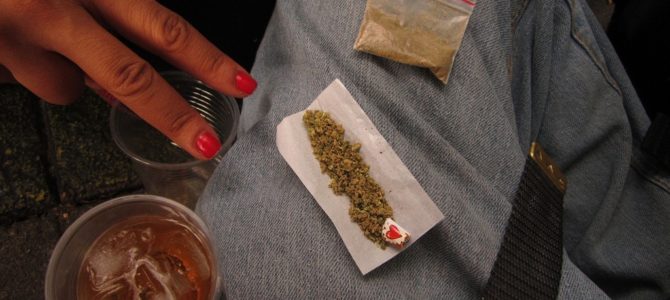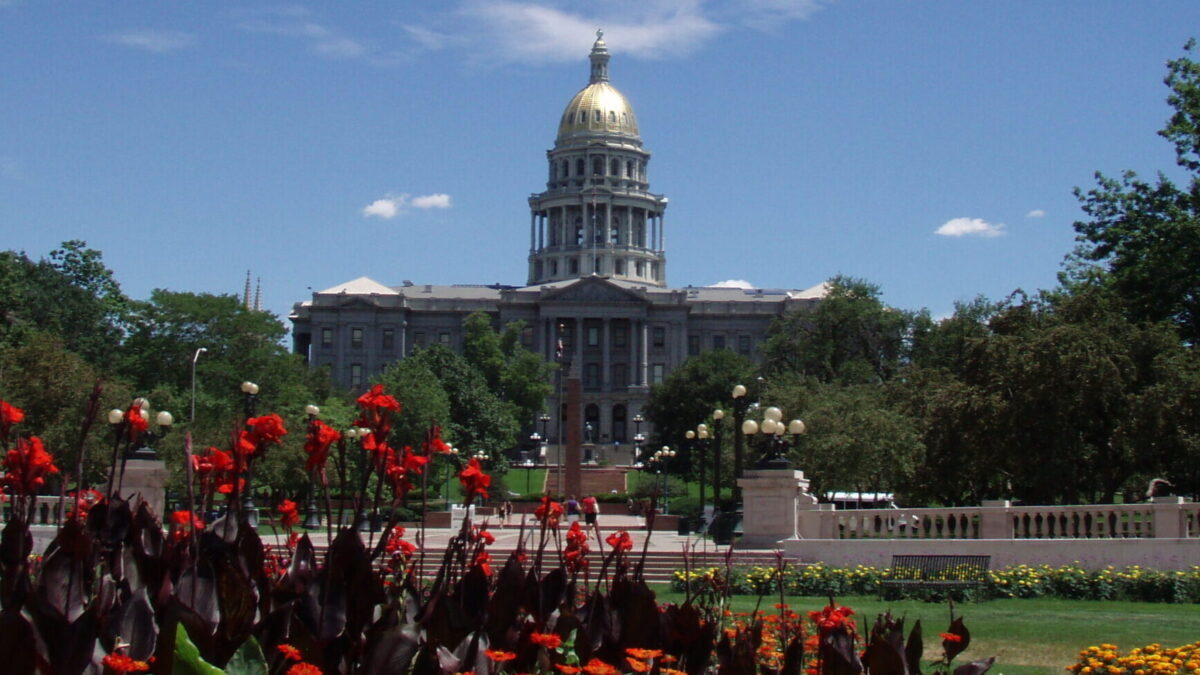
From the outside looking in, California’s government appears to be little concerned with the laws of economics. Supply and demand are reactionary terms there, and the nation’s highest state taxes struggle to keep pace with an ever-growing state budget that no legislator has the will to restrain. Housing costs spiral out of control as anti-growth activists use zoning laws to enhance the value of their property while keeping out newcomers.
But even in a logic-free zone like the Golden State, the laws of the market cannot be excluded entirely. After legalizing recreational marijuana beginning in 2018, California lawmakers expected a massive windfall through taxes on the product. State, county, and municipal taxes were encouraged as the state’s Democrats looked to balance the budget on the tokes of stoners. Alas, that hope vanished like smoke on the wind as the tax brought in less than half of the $185 million they had predicted in 2018.
The reaction, amazingly, was not to raise taxes even more, nor to crack down on tax cheats, the usual responses on the left to revenue disappointments. No, the shortfall in weed tax finally succeeded where generations of conservative intellectuals had failed: California Democrats at least understand the Laffer Curve.
High People, High Taxes
Legalization of recreational marijuana in California followed a slow but steady course. California was the first to legalize pot for medical purposes in 1996, following a referendum. Gov. Jerry Brown, in his first tour of the governor’s mansion, had signed the law reducing possession from a felony to a misdemeanor in 1976. After medicinal legalization, the push for further reduction of penalties on ordinary use led Gov. Arnold Schwarzenegger to approve a 2010 law diminishing the crime further, from a misdemeanor to a minor civil infraction.
Loopholes in the medical marijuana law had already made a mockery of the distinction: doctors could prescribe marijuana for any ailment, however minor or imaginary, whether or not there was any evidence that pot helps with the condition. Prescriptions were just a get-out-of-jail free card for anyone who could afford to go to the doctor. A 2016 referendum on recreational marijuana eliminated the difference, legalizing weed for all adult Californians.
This being California, however, that was not going to be the end of the story. The government was going to take its cut. The nascent legal marijuana industry was going to pay taxes on their product, and those taxes would be high. How high? To start, the state levies a 15 percent sales tax. There is also a product tax of $9.25 per ounce of marijuana flowers and $2.75 per ounce of leaves, which is paid by the farmer (figures provided by the Tax Foundation).
Local taxes vary across municipalities and could run as high as 8.5 percent. There is a $1,000 license fee for anyone looking to go into the business. The ordinary sales tax of 6 percent also applies. Green State, a magazine devoted to “cannabis culture,” calculated just before the law took effect that the average Californian would pay a total tax on marijuana that would “run as high as 41 percent.”
Maybe the Tax Calculators Are Doing Drugs Too
As Green State noted, this took the price of an “eighth-ounce of cannabis flowers to about $58, versus $35 on the black market.” Did anyone think that such high taxation would deter buyers from moving into the legal marketplace? Was this not an especially great concern with marijuana, considering that most users had long ago secured illegal sources they could continue to patronize?
These should have been red flags, but Californians have been dazed and confused about taxation for a long time now. The state budget analysts nonetheless predicted that marijuana taxes in 2018 would total $175 million. Brown was even more optimistic: he said the state would rake in a whopping $643 million. More sober-minded observers doubted the tax bonanza. In an interview with the Los Angeles Times, Hezekiah Allen, head of the California Growers Association, said, “Proposition 64 set the tax rate too high, and everyone I talk to knows it.”
As 2018 closed, Allen was proved correct. Taxes that year brought in just $84 million. The hole left in the budget suggested lawmakers might have to rethink things. Amazingly, some did. Assemblyman Rob Bonta, a Democrat from Oakland, recognized the problem: businesses operating in the illicit marketplace were competing successfully with legal shops.
In an interview with the CBS station in Sacramento, Bonta announced he was working with the state treasurer to pass a bill to reduce the state marijuana sales tax to 11 percent. “If you have one entity paying 15 percent tax, you’ll get a lot less money than if you have 10 entities paying 11 percent tax.”
One Tax Over The Line
The legislature that got high on marijuana taxes in 2018 was sobering up in 2019. In doing so, they awoke at last to something fiscal conservatives had been telling about them for years: the Laffer Curve.
The Laffer Curve, essentially, is a demonstration of the idea that taxing something less can sometimes bring in more revenue. Consider the endpoints first. If California did not tax marijuana at all, it would bring in zero dollars. But if it taxed it at 100 percent, it would also bring in zero dollars, since no one is going to sell a product if he has to turn over all of the proceeds to the state. Somewhere in between those two endpoints is a sweet spot where the tax is high enough to generate revenue, but not so high that it drives legitimate businesses out of the market.
Things must be dire indeed when California Democrats start calling for lower taxes, but sometimes the truth is too overwhelming for ideology to block it out. Marijuana is probably the best place for it to happen, too. The illegal market for drugs is strong, giving consumers an option they would have a harder time finding for other products. The legal history of narcotics in America also means that existing users are the kind of people who don’t mind breaking the law to get their fix.
Some people might pay another 40 percent to get the peace of mind that comes with knowing they won’t be arrested for the transaction. Others either don’t care or can’t afford the increased prices. Given the lack of enforcement of the laws against illegal marijuana purchases, the choice to buy illicitly is unlikely to hurt them.
The 4 percent cut Bonta proposes will help, but not as much as he thinks. Time is also of the essence: the longer people get used to breaking the law, the harder it will be to get them to start following it. The proposed bill is half-baked, but still better than nothing. As much as fiscal conservatives would rather point and laugh, we should actually cheer those Democratic members of the state legislature who have at last discovered these iron laws of markets.
If you tax something, you will get less of it. If you subsidize something, you will get more of it. Unless California wants to carry out a new drug war, there will remain a vibrant alternative for potheads who don’t mind breaking the law. This is not a problem California can tax its way out of. If they do not cut their taxes on marijuana, the chances of a balanced budget will go up in smoke.









